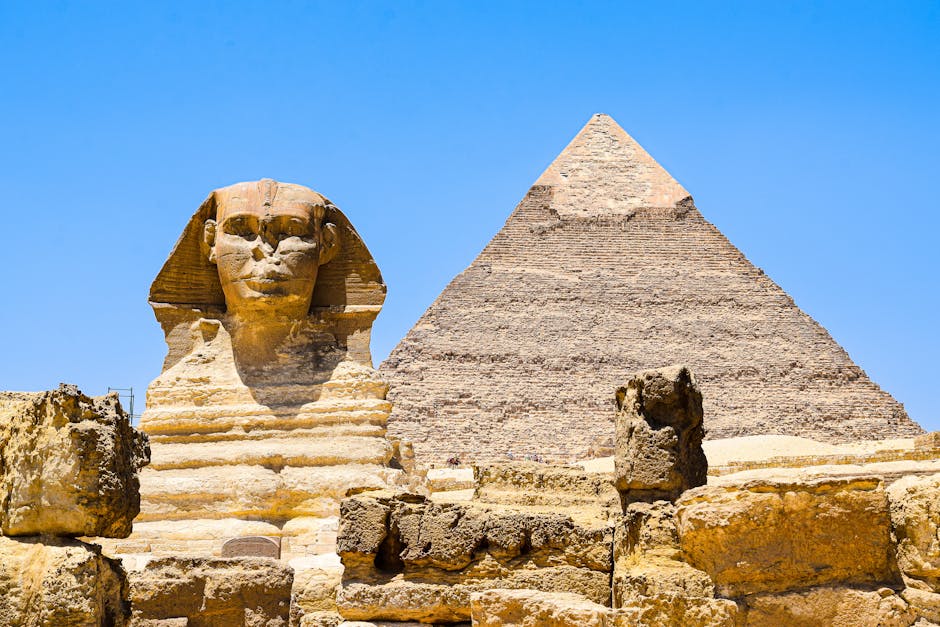
Cultural Significance of Mythical Creatures
Cultural Significance of Mythical Creatures
Mythical creatures have always captured the imagination of people around the world. These fascinating beings have played an important role in shaping various cultures, influencing art, literature, and folklore.
One of the most well-known mythical creatures is the dragon. In many Asian cultures, dragons are seen as symbols of power, strength, and good fortune. They often appear in traditional art and are believed to bring prosperity and protection.
In Greek mythology, the phoenix is a legendary bird that is associated with resurrection and immortality. It is said to rise from the ashes, symbolizing renewal and the cycle of life. The phoenix has been a popular motif in literature and art for centuries.
Mermaids, half-human and half-fish creatures, have fascinated people throughout history. They are often depicted as beautiful and enchanting beings. In folklore, mermaids are associated with the sea, representing both its dangers and its allure. In many stories, mermaids are seen as seductive and mysterious, luring sailors to their demise.
Unicorns, with their single horn on the forehead, are mythical creatures with a deep-rooted symbolism. These gentle and pure beings have appeared in various cultures and religious traditions. In medieval Europe, the unicorn was believed to be a powerful and untamable creature, representing purity and grace.
The cultural significance of mythical creatures extends beyond individual legends and stories. They serve as metaphors for human experiences, embodying our hopes, fears, and dreams. These fantastical beings continue to capture our imagination, reminding us of the power of storytelling and our shared human heritage.
